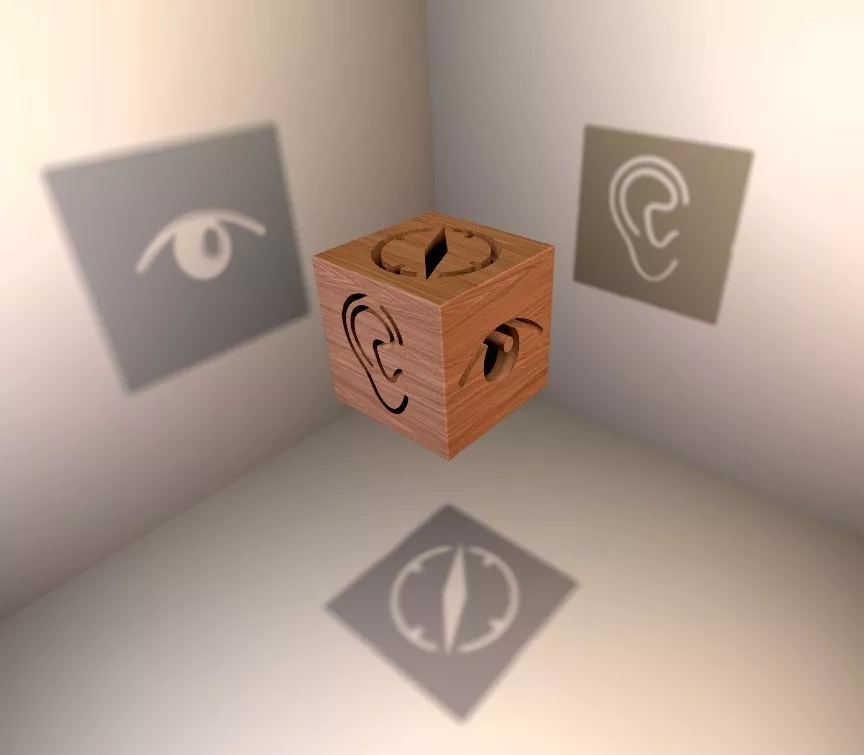Scientists from the HUN-REN Wigner Research Centre for Physics (HUN-REN Wigner RCP) and the University of California, Los Angeles (UCLA), have identified a novel approach for studying the neural code. Employing a machine learning methodology, they established that despite the distinctive "mixed selectivity" characteristic of individual neurons, it is possible to accurately read out a variety of environmental stimuli and even the cognitive state of animals. The study presenting these results was published in Nature Communications.
One fundamental insight of neuroscience is that nerve cells act as "experts" in supporting perception and decision-making. Certain cells are sensitive to various, even highly complex, characteristics of the environment, and through their activity, they can signal to later stages in the processing chain what the animal is currently facing.
Subsequent research, however, have revealed that an individual neuron is not as much of a specialist expert as previously thought, but nerve cells actually engage in enthusiastic "multitasking." This phenomenon, known as "mixed selectivity," may initially appear practical: the role of a single nerve cell is not limited to just one task, thus potentially increasing the capacity of neural circuits in the brain. However, mixed selectivity can pose a challenge for both the processing layers that read the output of nerve cells and analytical tools trying to decode the signals of nerve cells since it's not clear that the intensity of the nerve cell's response reflects the presence of specific environmental characteristics.
In their recently published paper, however, the researchers pointed out that despite mixed selectivity, various environmental stimuli, and even the cognitive state of animals can be clearly determined. Using a machine learning approach that served as the basis for the results, scientists determined that visual and auditory stimuli simultaneously encoded by nerve cells, as well as the context reflecting the regularities of a task, can be unambiguously identified as a simple geometric structure without interfering with each other. This solution can be imagined as the different faces of a cube, each storing separately the seen or the heard information as well as the current rule determining how the visual and auditory information shall be used. This cube can float in space in any direction, so we are not limited to one side, meaning we can perceive not only visual or auditory information from just one perspective. However, we can find a direction where we perceive only one type of information without interference from the other sides.

(Graphics: Györk Szénási)
The new research points the way to understanding how the nervous system copes with real-life situations that require finding fruitful decision-making strategies among multiple potential tasks. This knowledge can help uncover the functioning of both the human and animal nervous systems and may also contribute to the development of artificial intelligence algorithms.